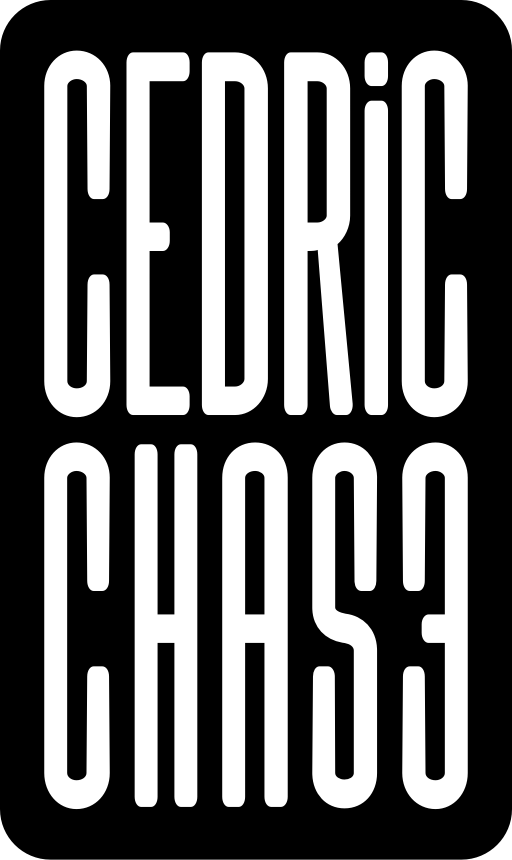Nyctography in the Modern Age
In 1891, Lewis Carroll grew tired of fumbling with matches and oil and … whatever else is involved in the process of lighting a lamp in the middle of night in order to see a notepad to jot down random thoughts as they occurred to him. He grew so tired of this, in fact, that he invented his own substitution cipher to rid himself of this annoyance.
A “substitution cipher” is what Wikipedia says Nyctography is; however, I think it is more accurately described as simply a tactile writing system similar to Braille. In Nyctography, every character of the alphabet has its own corresponding symbol. Nyctographic symbols consist of a dot or circle in the upper left corner of a bounding square, along with straight lines along the inner perimeter of the square.
Nyctographic symbols are drawn with the aide of a Nyctograph - also invented by Lewis Carroll - this is simply a piece of metal or some otherwise hard material with a grid of squares punched out.
A Typical Nyctograph
The squares keep your pen in-line and reduce or remove the need to see altogether.
What is this useful for?
Nothing, really. These days, Nyctography is all but forgotten about. With modern conveniences like flash lights, electricity, iPhones, Amazon Alexa’s, etc. Nyctography is solving a problem that simply no longer exists.
Enter: The Nyctographic Keyboard
I designed and built this lil’ 40% beauty because:
A: I am a fan of cryptic characters on keyboards.
B: 40% is the best keyboard size. Fight me if you disagree.
C: A bit of hidden meaning ads spice to life.
Who needs the latin alphabet anyway?
Nerd stuff: Daisy40, Kailh BOX Navy switches, Cherry profile ABS keycap set from WASD.


